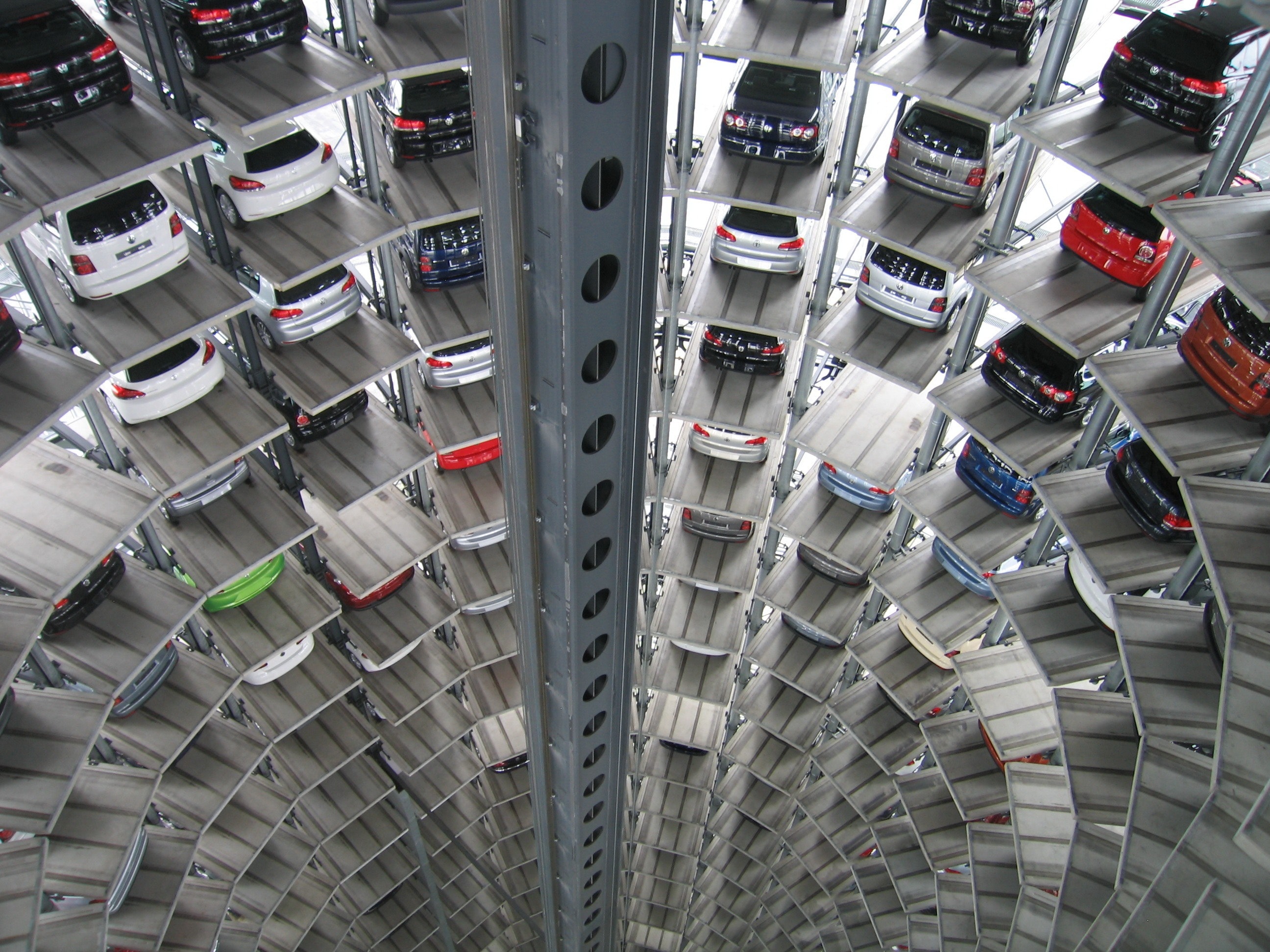End-to-End Quality in Automotive Manufacturing is Driving Business Forward

In the first blogs in this series, I explained end-to-end quality for the Automotive industry, and detailed some of the challenges unique to the industry that are driving the need to adopt this holistic approach. In this blog, I’ll give you my perspective on how quickly manufacturers are adopting supporting systems for end-to-end quality, and what it means for the supply chain.
There is great variation in the levels of adoption among tier suppliers. All suppliers understand the necessity of managing end-to-end quality of the product lifecycle. They know well that they must adhere to regulation and association mandates to do business, and that requires them to produce quality-related documents and enforce quality-related processes. Many are doing this today with tens or hundreds of various systems – spreadsheets, paper, word documents, email attachments, etc.
The question is really how quickly are tiers adopting technology that can automate, streamline, and connect their quality processes to achieve greater benefit. There are barriers that slow the adoption process.
First, the quality process in Automotive is everywhere. It is attached to every aspect of the product lifecycle – the inbound, the manufacturing, the customer service, the supplier relations, etc. It is difficult to isolate a process and work on quality in parts. Touching existing processes that are already running can be painful. They are modifying spreadsheets and data in order to align with requirements, and it creates great stress when the customer demands do not slow down. At the end of the day, they are reluctant to change something that seems to be working, albeit sub-optimally.
Those manufacturers that are accelerating their adoption typically have some common elements: a visionary individual or team, and a compelling event. What kinds of compelling events have I seen?
First, quality mandates from regulation that apply to OEMs or tier suppliers, which change quite frequently. At some point, the brittle, manual, disconnected systems and processes simply can’t handle this type of change management. A custom-made system will need coding to comply, and some out-of-the-box systems will need to be reconfigured. At some point, the difficulty in changing current system to achieve compliance becomes too great.
Let me give you an example. In ISO TS 16-949, which is being released in October 2018, there is a change in the way you calculate the risk priority number. This comes into play when you have a customer complaint, defect, or claim. You are required to create a corrective or preventive action in order to improve your process. Based on some formulas, you created a risk profile number, which you had to release and certify your changes to the customer. New certifications based on this new calculated number have to be accepted by the OEM in the supply chain. Now you have to use your system differently. Your product must be compliant to do business, and often manufacturers lose the ability to make these changes in home-grown systems. And they almost always lack the ability to understand what happened from a reporting and analytics perspective (e.g., for root cause analysis).
Another factor that is driving adoption is simply the speed of competition. Managing quality with paper, spreadsheets, and disconnected systems slows things down. The market is getting faster and faster. The more manufacturers adopt automated, integrated end-to-end quality solutions, the more it will become a cost of doing business. Competitive risk grows, profitability risk grows, and efficiency can’t be achieved at the level possible with automated solutions.
Ultimately, the product quality risk becomes too high. The volume of data will be unmanageable with the status quo, there will be something they missed, some data that slipped through the cracks. There is a huge risk for human error in these systems. And there will be a resulting adverse quality event. Of course, by then it may be too late.
What this means for the supply chain is that the pace at which end-to-end quality management solutions are being adopted will accelerate in the near future. Those manufacturers in the innovator and early adopter part of the innovation adoption curve have a speed, cost, and quality advantage already. We are entering the majority part of the curve.
So, what should you do? First, build your plan for the transition to an automated, end-to-end quality solution. I recommend a step-wise approach. Choose a module-based solution so you don’t have to transform your entire manufacturing operations simultaneously. Start with the highest pain point areas. Once you have started with a specific area, you can start substituting pieces of the infrastructure with the holistic solution. What you’ll find is that benefits will emerge immediately in the target areas, which creates momentum as the solution is expanded and implemented widely.
One last point as I wrap up this blog series. The Quality lifecycle is not only quality, it is highly connected to manufacturing. An end-to-end, holistic approach to quality brings together the engineering community with the quality community. Closed-loop quality is not considered stand alone, but is closely aligned with closed-loop manufacturing. We are now able to bring together the entire manufacturing and quality community so they can benefit from sharing product and process lifecycle intelligence.

